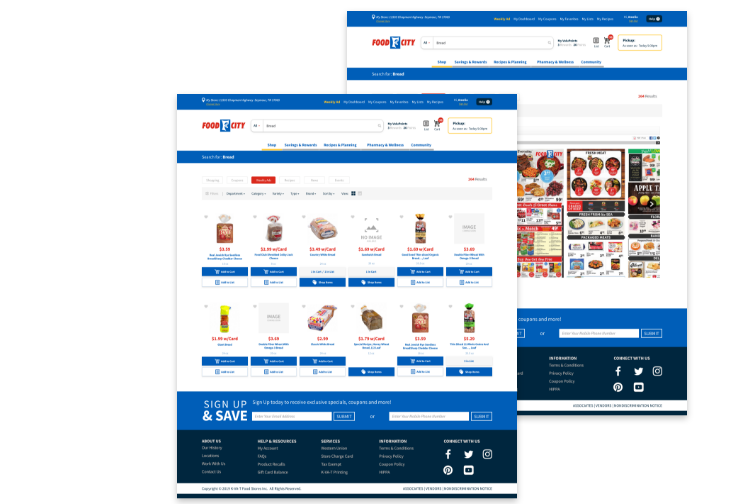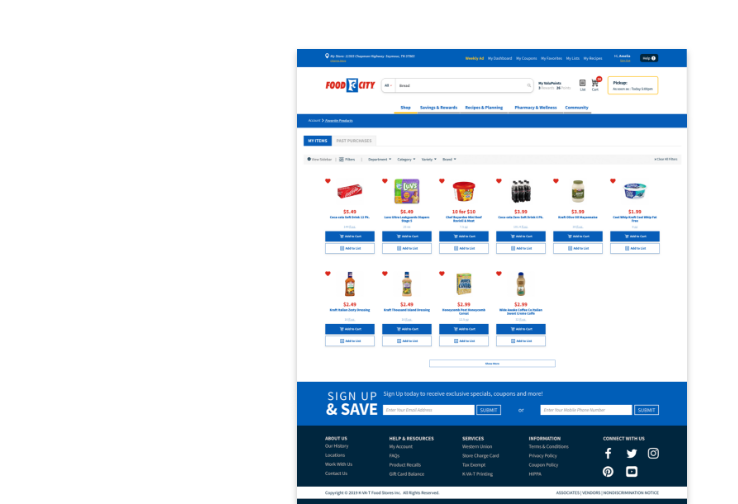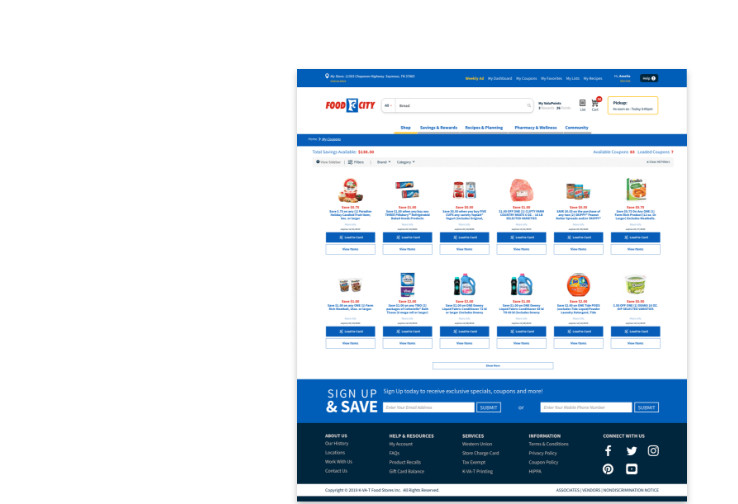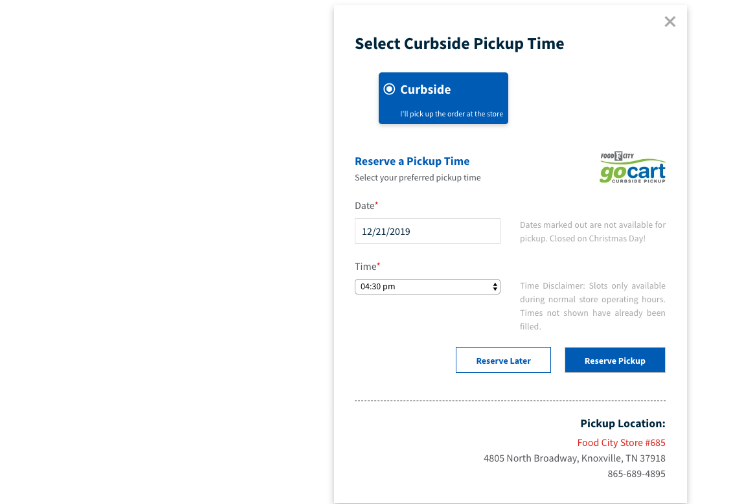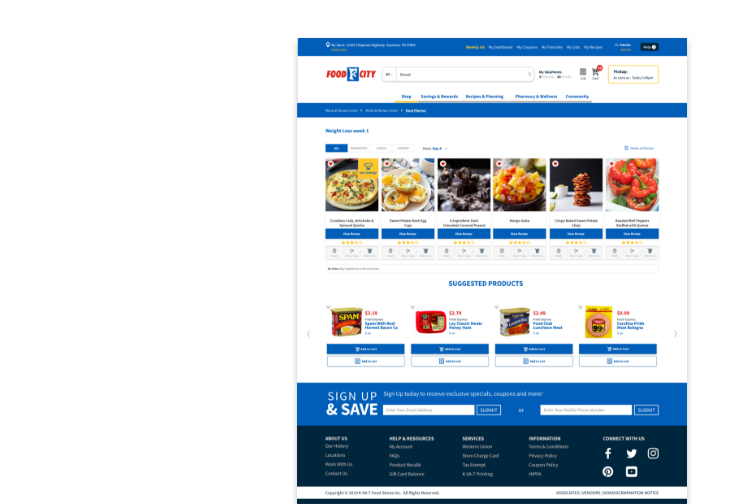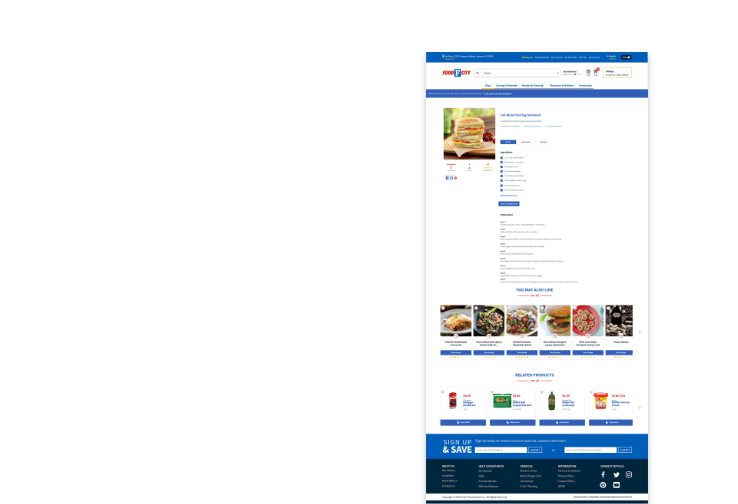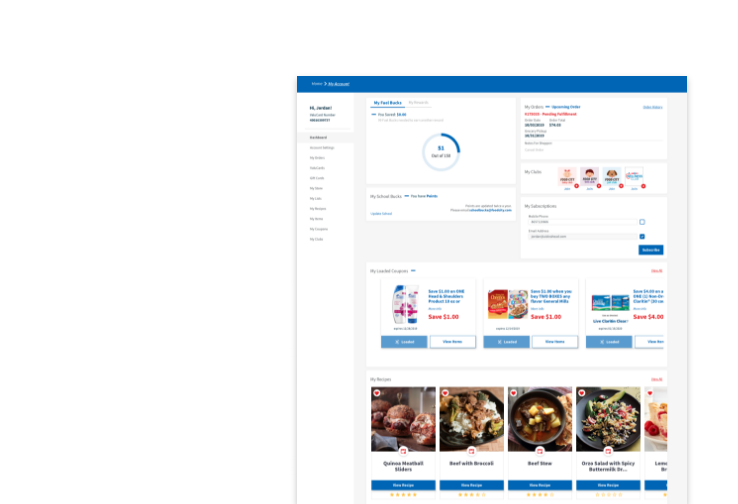
Wellness Club — Eating for Hypertension
Abingdon, VA. -
Tuesday, Feb 1, 2022.
Although sodium is essential, the average American consumes 3,400 mg of sodium per day which is well over the 2300 mg amount recommended by the Dietary Guidelines for Americans. Sodium is a major mineral found in the body. A major role of sodium is to regulate fluid and blood pressure with the help of potassium. Sodium also helps maintain pH balance, and adequate amounts are need for muscle and nervous systems to function properly. The problem with too much sodium is that it pulls more water into the blood vessels, which increases the vessel volume. With more blood flow and fluid, the pressure on the vessel increases, which results in elevated blood pressure.
High blood pressure, or hypertension, is known as the “silent killer”, because many people do not feel symptoms of elevated blood pressure until it is dangerously elevated. Over time, high blood pressure may overstretch or injure the blood vessel walls and speed the build-up of plaques that can impact blood flow. The chronic elevated pressure results in an overworked heart by forcing it to pump harder to move blood through the body. In most cases, the damage done by high blood pressure takes place over time. Left undetected, or uncontrolled, high blood pressure can lead to heart attack, stroke, heart failure, kidney disease, vision loss, and peripheral vascular disease.
One great thing you can do to control blood pressure and improve your health is become more aware of sodium in your diet. More than 70% of the sodium we consume comes from packaged, prepared and restaurant foods. The rest of the sodium in the diet occurs naturally in food or is added when we’re cooking food or sitting down to eat. So even if you never use the saltshaker, you’re probably getting a large amount of sodium without being aware. The salty six are food items typically packed with sodium in the production process, these include: commercially produced baked goods, cold cuts and cured meats, pizza, soup, deli meat and burritos and tacos top the list. This does not mean you cannot find ways to fit your favorite comfort foods into a balanced diet. It is important to remember when making diet and behavior changes it can be easy to fall into old habits so here are some tips for where to get started with making changes.
Look for labels:
o When buying prepared and prepackaged foods, read the labels. Many canned and frozen food labels help the consumer by printing stating “low sodium” or “no added salt”
o A food is considered low sodium if it less than 140 mg per serving, so look for this target amount on labels.
o Choose lower-sodium foods or low-sodium versions of your favorites. Although it may take some time for your taste buds to adjust to a lower sodium diet, there are delicious options for very flavorful low-sodium meals.
Focus on Fresh:
o Eat more fruits, vegetables, and minimally processed whole grains.
o The DASH diet (Dietary Approaches to Stop Hypertension) recommends between 7-12 servings of fruits and vegetables per day and at least 3 whole grain products per day.
o Make half of your plate fruit or vegetables
o Use fruit and raw vegetables as snacks.
o When buying canned or frozen varieties, be sure to choose the no-salt added versions and look for the choices without added sauces.
o Rinsing canned items through a colander can remove some of the sodium.
o Items with minimal processing typically have less sodium, double check the label to make sure.
Become a Home Chef
o Cook from scratch if you can.
o Don’t salt food before you taste it; enjoy the natural taste of food.
o If convenience is the concern, cooking in bulk and pre-portion meals and snacks can make low sodium eating on the go easier.
o Roast, sear, sauté, braise and grill to bring out the natural flavors of foods
o Fresh meats, chicken, and fish are lower in sodium than processed, canned, lunch, cured or smoked meats such as sausage, bacon, ham, brats and or hotdogs.
o Choose canned meats packed in water without added sodium
o Select unsalted or low-sodium fat-free broths, bouillons, or soups.
Familiarize with Spice: Ditch salt for healthier, delicious salt-free seasoning alternatives.
o Enhance the natural flavor of foods by adding onions, garlic, herbs, spices, citrus fruits or citrus juices, and vinegars in place of some or all the salt.
o Make your own salt-free seasoning blend at home.
o Avoid seasonings that contain the word salt like onion salt and garlic salt.
o Choose onions or garlic powder and sodium-free herbs blends.
o Limit salt during cooking and remove the saltshaker from your table. Certain salt substitutes contain a large amount of potassium and very little sodium. Talk with your healthcare professional about whether a salt substitute is right for you.
Look for PickWell Low Sodium items in Food City stores, this can help you navigate items that are <140 mg of sodium, these items are also limited in total fat, saturated fat, and cholesterol which impact heart health.

